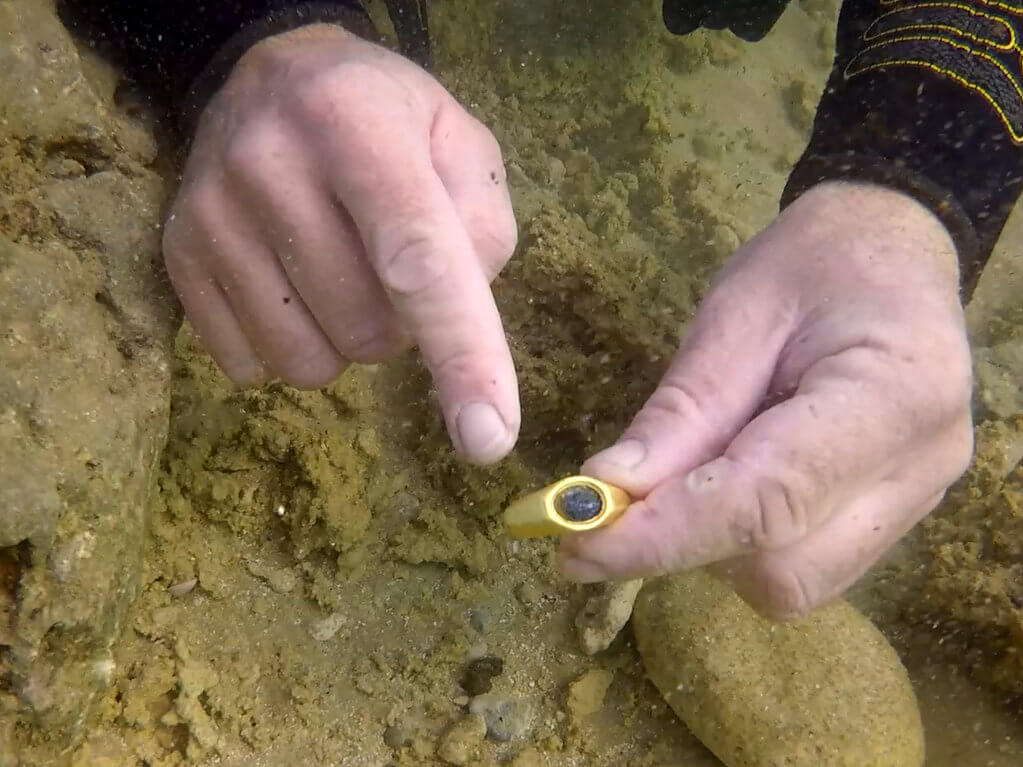MADDIE BURAKOFF and SETH BORENSTEIN, AP Science Writers
Now Playing:
This is what it’s like to get “the call” — the Swedish Academy of Sciences ringing you up to say you won the Nobel Prize.
It’s usually a dream-of-a-lifetime call that only the special few get in private. But for American physicist John Clauser, who was awarded the Nobel for his work on quantum mechanics, it rang a little different.
Thanks to a three-hour delay from a phone busy with congratulations and reporters’ queries, the call finally got through to him while he was on a live Zoom interview with The Associated Press. And he shared his side of the notification and celebration.
“Oh hang on. They’re on the phone right now,” he said. “OK. Hang on just a second. Can I talk to the guys from the Swedish Nobel Committee?”
This is a carousel. Use Next and Previous buttons to navigate

Over the next nine minutes, Clauser recounted to the Swedish Academy the difficult road that eventually led to a Nobel-awarding phone call — albeit a few hours late.
While studying at Columbia in the 1960s, Clauser became interested in designing practical experiments to put quantum mechanics to the test. But his ideas weren’t always well-received in the field, he said.
Leading physicist Richard Feynman, who won his own physics Nobel in 1965, “kind of threw me out of his office,” Clauser said. “He was very offended that I should even be considering the possibility that quantum mechanics might not give the correct predictions.”
But Clauser said he was having fun working on these experiments and thought they were important — “even though everybody told me I was crazy and was going to ruin my career by doing it.”
While continuing his work at University of California Berkeley, he and the late physicist Stuart Freedman “had to build everything from scratch. There was very little money so I was basically cobbling together junk or scrap from the UC physics department,” he told the Academy.
“There’s a lot of stuff unused in storerooms,” Clauser said. “I would rummage around and say, ‘Oh, hey, I can use this.’”
Some of the great physicists of the past scavenged the same way, he pointed out.
And those experiments, with all their backlash and scraped-together budgets, were the very reason he was on the phone with the Swedish Academy decades later.
As the call wrapped up, there was the matter of logistics. Clauser asked the Academy about when he would “get some dates and times on what I’m expected to do.”
Of course, there’s something you definitely have to say to the Academy when it calls: “Thanks a lot.”
———
The Associated Press Health and Science Department receives support from the Howard Hughes Medical Institute’s Department of Science Education. The AP is solely responsible for all content.
Note: This article have been indexed to our site. We do not claim legitimacy, ownership or copyright of any of the content above. To see the article at original source Click Here
















